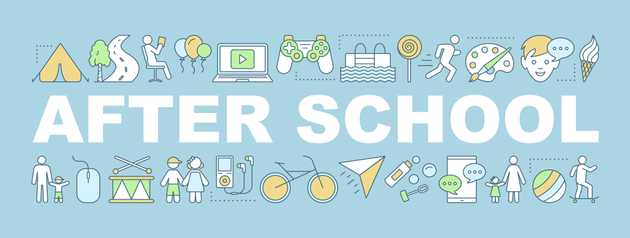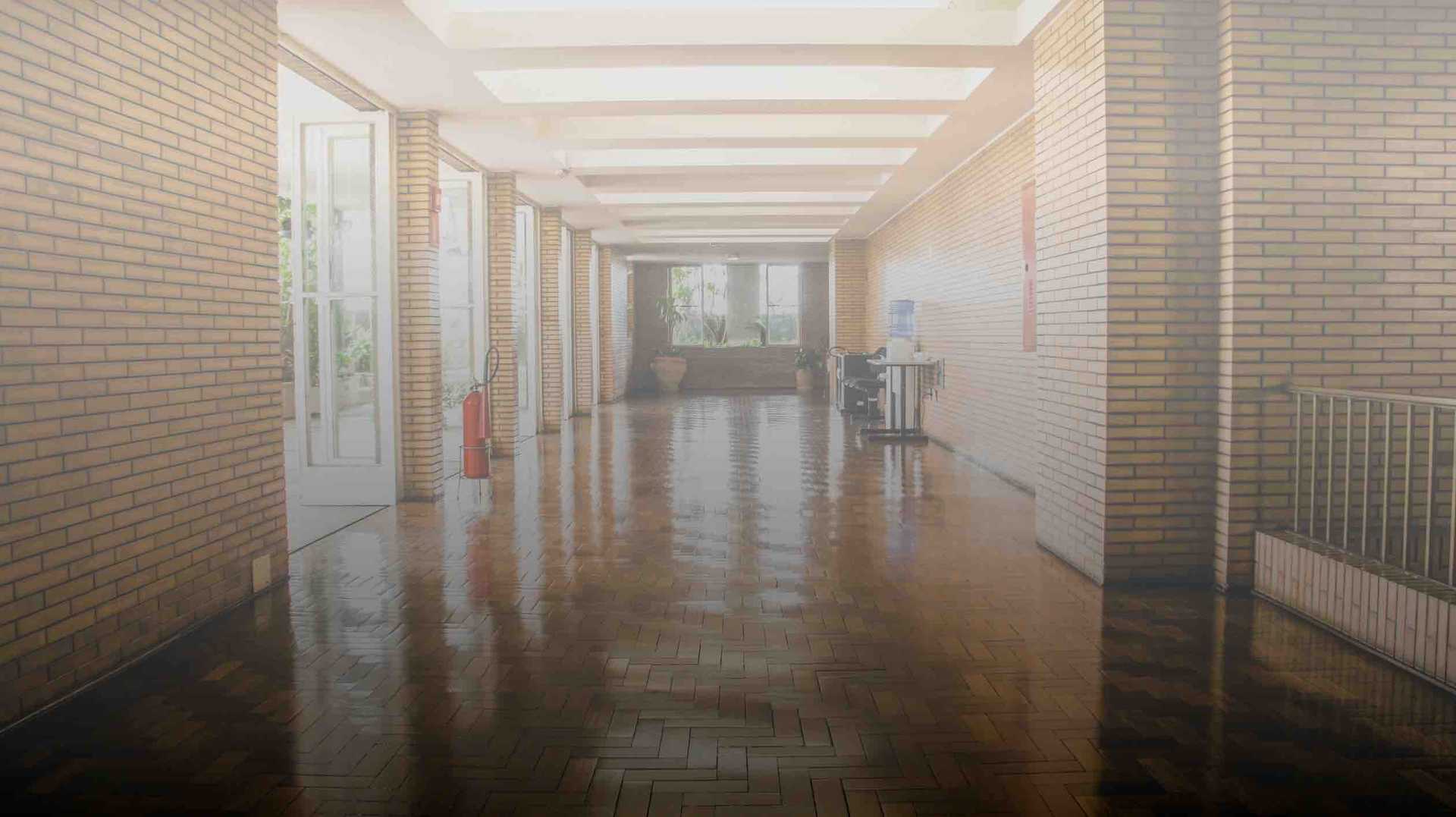Though sometimes overlooked, after-school programming represents a significant segment of the K-12 education landscape. Just last week, the Senate Appropriations Committee released a bill calling for a $50 million bump in funding to 21st Century Community Learning Centers—a primary stream of federal funding for after-school programs across the country and one that former-President Trump had sought to defund during his term. By contrast, President Biden’s budget proposal for fiscal year 2022 has supported the increase to over $1.3 billion for support of such programs.
Funding at these levels and beyond seems appropriate in light of Afterschool Alliance’s report that 7.8 million students nationwide attend after-school programs. Moreover, “24.6 million children would participate in an afterschool program if one were available in 2020.” The organization's Executive Director, Alyssa Grant, offers a simple explanation for this demand. “The research is clear,” Grant writes in an Op-Ed for the Washington Post, “Children in quality afterschool programs are more likely to come to school and stay in school, more likely to hand in their work and get better grades.”
Demand for after-school programs is especially high among students of color and those in the lowest income brackets, according to a 2014 report by Afterschool Alliance. Twenty percent of students qualifying for the Federal Free and Reduced Price Lunch Program participate in after-school programs. And while only 12% of white children attended such programs, 24% of Black students and 29% of Hispanic students relied on after-school settings. These differences would be even more exaggerated if demand were fully met, as up to 60% of Black and Hispanic families report unmet demand, as compared to 35% of white families.
Disproportionate Disruptions
Not surprisingly, the disruptions caused by the Covid-19 pandemic have touched after-school programs as well. And the harm here has been felt disproportionately by low-income students and students of color. The Education Writers Association shares that “nearly 45% of providers serving mostly high-income families report plans to provide fall in-person services, compared with only 15% of providers serving mostly low-income families.”
And for programs that have remained open, many report that a challenging mix of factors have kept students from attending at pre-pandemic levels. In Sonoma County, California, Becky Jo Peterson, Executive Director of Teen Services Sonoma reported “disappointing” attendance last year, noting that many of the students with younger siblings had to “stay home and take care of the kid.” Even at the start of this school year, a brief from Afterschool Alliance reports that “parents in low-income households (52%), Black parents (55%), and Latinx parents (60%) are the least comfortable with sending their child to an in-person after school program in the fall, compared to 44% of white parents and 40% of parents in higher-income households.”
Seeking Solutions
After school programs offer a wide range of services to students, including social-emotional support, nutrition, academic support, and much more. Given that many students do not have access to a brick-and-mortar learning center after the last bell, it is incumbent upon schools to become flexible and creative in searching to find supplementary support for all students. This is a complex and multi-faceted problem, but Yup’s Math Learning Support System can offer one part of the solution. Yup provides students with High Dosage Tutoring on demand! Students can engage with powerful learning experiences on their schedule, with just the click of a button. All they need is a smartphone or a computer, and students can start working with Yup’s highly-trained tutors anytime and anywhere!
Key Concerns for After School Programs
WIDENING INEQUITIES: 73% of after school programs serving high-income students remained open through the pandemic compared with 38% of after school programs serving low-income students.
STAFFING SHORTAGES: 76% of after school programs report concerns about staffing shortages.
SAFETY CONCERNS: Parents in low-income households, Black parents, and Latinx parents are the least comfortable with sending their child to an in-person after school program.
How Yup Can Help!
Inequity: Schools can level the playing field by giving all students access to Yup tutors. Because students can engage on their schedule, Yup functions as a “flexible after school program” to accelerate learning for all students!
Shortages: Yup’s expert tutors are rigorously vetted and systematically trained to accelerate learning for math students by creating a challenging, supportive, and safe tutoring environment.
Safety: Yup’s design has students interfacing with tutors online. It is designed for social distancing and perfect for students who have become comfortable with online learning platforms.
Work with Yup!
Administrators: See how Yup’s services accelerate Math learning. Yup will collaborate with leadership teams to integrate High Dosage Tutoring into the school day and curriculum.
Teachers: Check out what other educators are saying about Yup.
Contact partnerships@yup.com to learn more about bringing Yup to your school or district.






